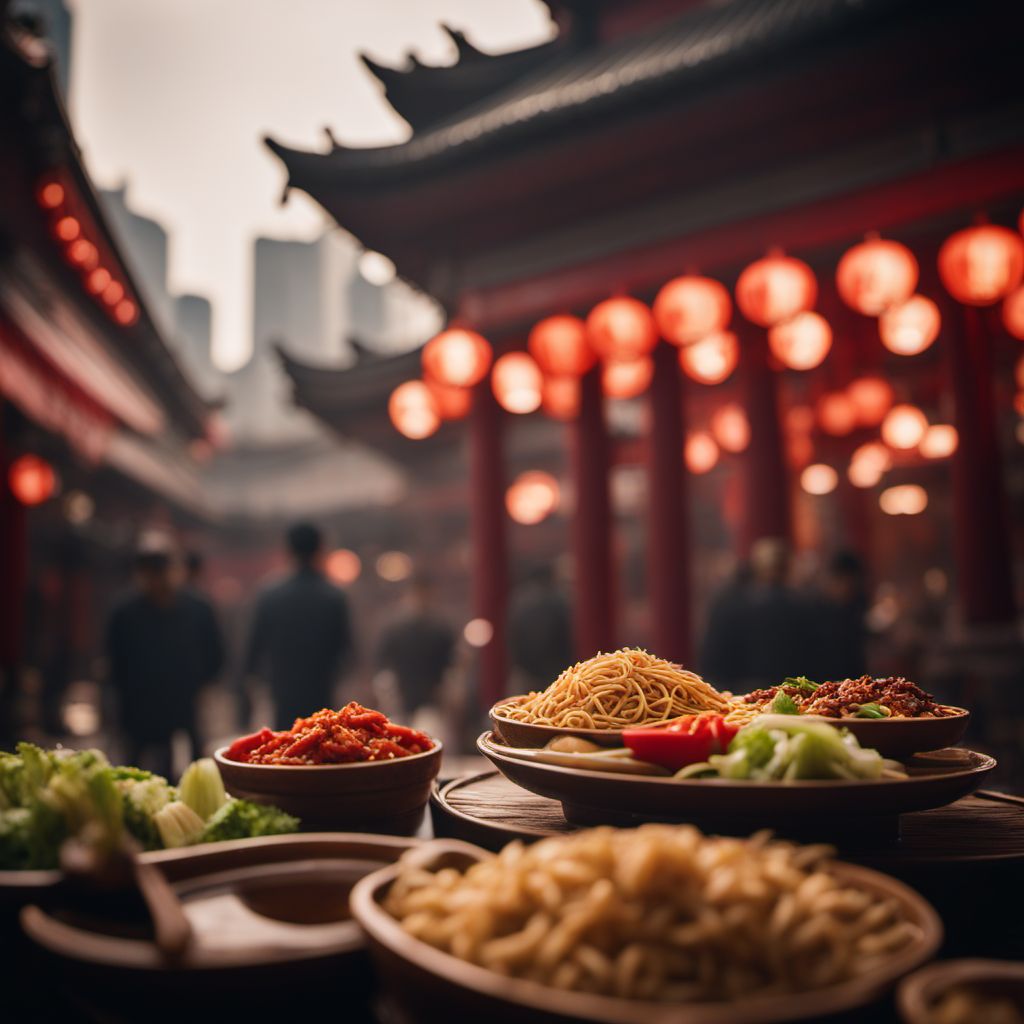
Cuisine
Shanghai cuisine
Shanghai cuisine is characterized by its sweet and savory flavors, with a focus on umami. The cuisine is known for its use of seafood, including freshwater fish, crab, and shrimp. Shanghai cuisine also features a variety of vegetable dishes, often flavored with soy sauce and sugar. Braising and stewing are common cooking techniques in Shanghai cuisine, which help to infuse dishes with flavor.
Typical ingredients
Freshwater fish, Crab, Shrimp, Pork, Chicken, Soy sauce, Sugar, Shaoxing wine
Presentation and garnishing
Dishes are often presented in individual portions, with an emphasis on simplicity and elegance. Garnishes may include scallions, cilantro, and red chili peppers.
Shanghai cuisine is also known for its use of 'red cooking', a technique in which meat or vegetables are braised in a mixture of soy sauce, sugar, and spices to create a rich, flavorful sauce.
More cuisines from this region...
History
Shanghai cuisine has a relatively short history, dating back to the late Qing Dynasty (1644-1912). The cuisine was heavily influenced by the region's geography, with its proximity to the sea and the Yangtze River. Shanghai cuisine was also influenced by the imperial cuisine of the Qing Dynasty, as well as the cuisines of neighboring provinces such as Jiangsu and Zhejiang.
Cultural significance
Shanghai cuisine is known for its association with the city's cosmopolitan culture, as well as its role in the development of modern Chinese cuisine. It is also known for its association with the Shikumen architecture of Shanghai, which features narrow alleyways and communal courtyards.
Health benefits and considerations
Shanghai cuisine is generally considered healthy, as it emphasizes fresh ingredients and a balance of flavors. However, some dishes may be high in sodium or sugar.
Shanghai cuisine recipes Browse all »

Shanghai-style Apricot Cake
Tangy Apricot Delight: A Shanghai Twist on a Classic Cake
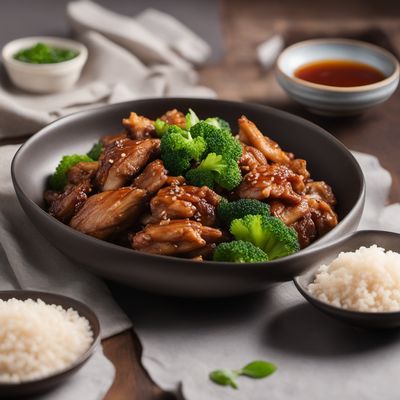
Shanghai-style Stuffed Chicken
Savory Shanghai Chicken Parcel
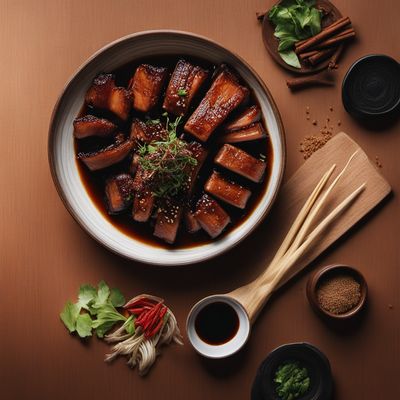
Shanghai-style Soy Braised Pork Belly
Savory and Succulent Shanghai-style Soy Braised Pork Belly

Shanghai-style Orange Cake
Tangy Citrus Delight: Shanghai-style Orange Cake

Shanghai-style Sesame Biscuits
Savory Sesame Delights: Shanghai-inspired Biscuits

Shanghai-style Vavishka Dumplings
Savory Shanghai Dumplings with a Russian Twist

Shanghai-style Beetroot Salad
Tangy Beetroot Delight: A Shanghai Twist on a Mexican Classic
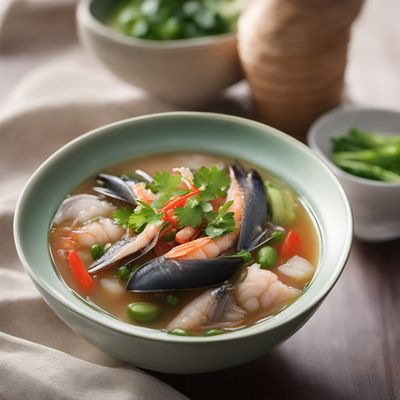
Shanghai-style Seafood Soup
Savory Seafood Delight: Shanghai-style Sumashijiru
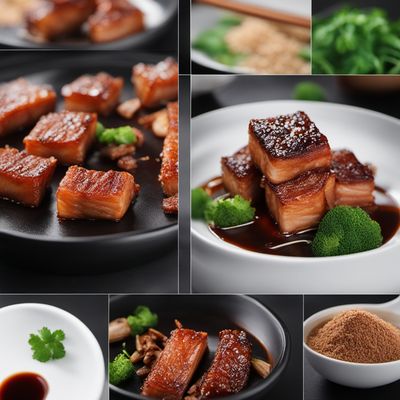
Crispy Shanghai-style Roast Pork Belly
Shanghai Delight: Crispy Roast Pork Belly

Spinach with Garlic and Soy Sauce
Shanghai-style Garlicky Spinach Stir-fry

Shanghai-style Bird's Milk
Silky Delight: Shanghai-style Bird's Milk

Shanghai-style Corn Stir-fry
Golden Corn Delight: A Shanghai Twist on Maque Choux